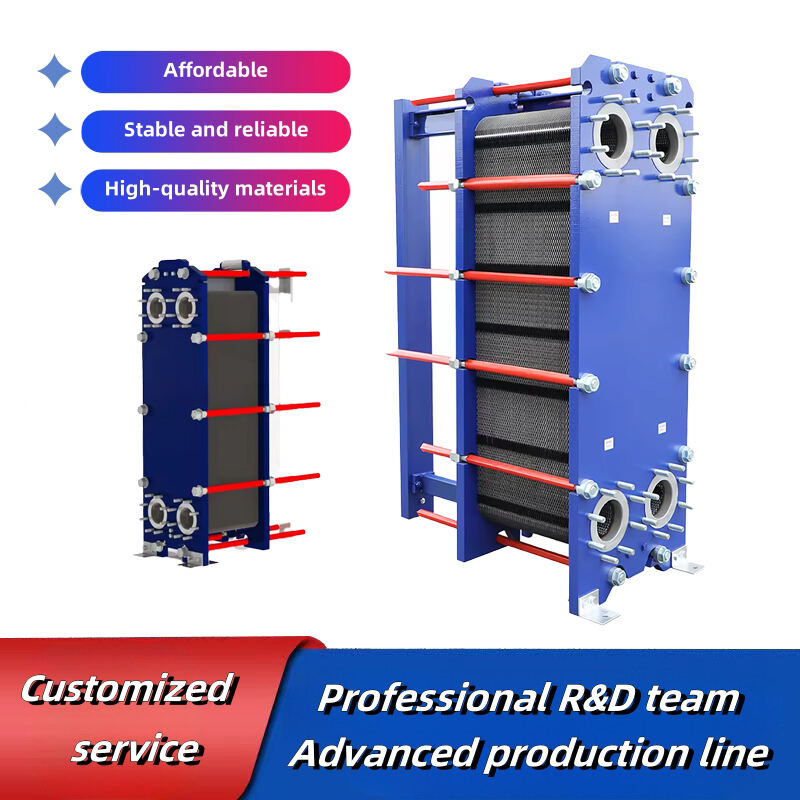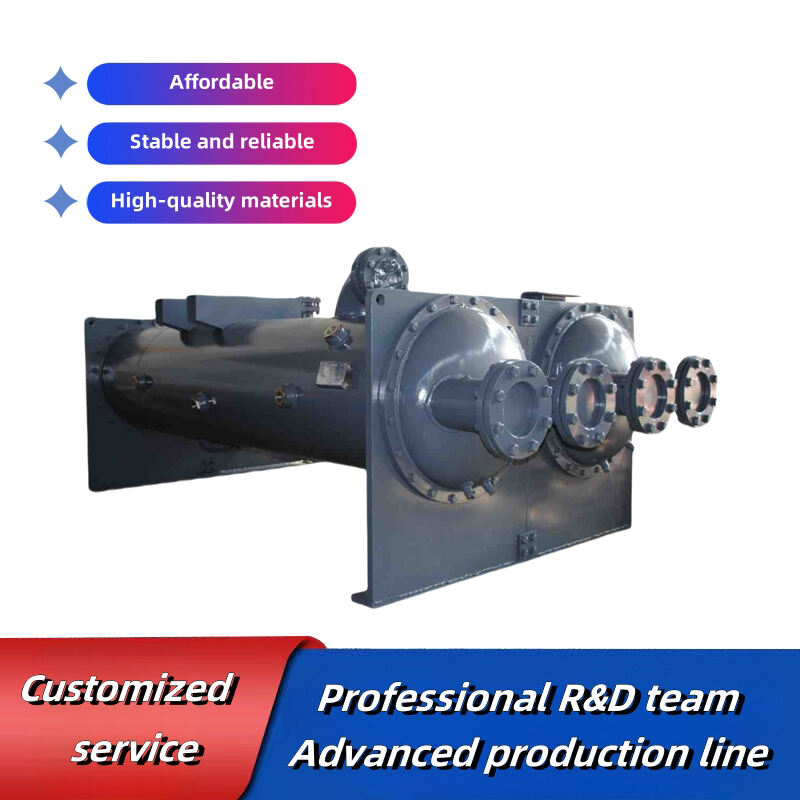Heat exchangers are a vital component in several industrial processes because it helps to heat exchange. When it comes to the different types of heat exchangers, there certainly is no shortage in that aspect but one sure shot way where parallel heat exchanger leads other kinds, effortlessly so,is its unmatched transfer rate and quality. These devices have been designed with many tubes arranged next to each other providing a passage for the flow of fluids. They provide great heat transfer efficiency due to their design, therefore parallel heat exchangers are quite famous among many applications.
Parallel heat exchangers are notable for their efficiency in maintaining constant heating or cooling power levels, and as a result drives down high energy costs. The other major advantage is that they are smaller, which means you can use them in applications with a tight amount of space. They also don't foul very easily (fouling is the accumulation of unwanted materials on a heat exchanger's surface, thereby reducing its cleansing water paths). In parallel heat exchangers, the multitude of tubes result in other tubes continuing to operate (even if one gets fouled) resulting no down time as opposed to a snowball effect created in series connections.
Conversely, they are also more expensive than the counterpart heat exchangers. Their detailed designs also make them difficult to clean and maintain. Frequent cleaning is necessary to prevent it from choking, and individual instrumentation may be required to reach or clean all parallel tubes indiscriminately.

The process of designing your application-specific parallel heat exchanger is complex. Some variables which need to be considered are nature of the fluids any, operating temperature OR pressure range and heat transfer adequate area. The spacing between tubes is important in the design as it directly influences heat transfer efficiency, with smaller fanning providing better performance. However, the spaces should be wide enough for easy cleaning and maintenance. In addition the diameter of the pipe will be an important factor for heat transfer rate.
Another crucial factor for the design of an efficient parallel heat exchanger is material selection-such as that for tubes and thermal elements shell. Compatible with the fluids, that has to be used, and also corrode resistant and fouling was other necessary characteristics of these materials.

The additional advantage is provided by recent developments in parallel heat exchanger technology. It integrates a high-speed heat sink based on materials such as aluminum and graphene to improve the ability of thermal conductance, which can be seen from gammatech. Additionally, unique designs using staggered tube layouts have contributed to an increased heat transfer coefficient. The application of computer simulations to the design process has facilitated optimizations for higher heat transfer rates.
The Progressive Trends Of Parallel Heat Exchanger in Modern Era
The application of parallel heat exchanges has significantly changed the landscape in terms available performances and efficiencies minimum. The present-day parallel heat exchangers rely on advances in materials, designs and computer simulations that make them better. New, cutting edge technologies Hybrid heat exchangers coalesce each best-of-breed technology serve the optimal process requirements > Highest possible ratio of overall __heat transfer capacity to space envelope In addition, nano-materials have been used to increase thermal conductivity in order to enhance the heat transfer coefficient. The latter also feature novel fluid-flow designs to improve heat transfer.

In a variety of heat exchange applications parallel flow heat exchangers come as reliable and efficient solutions. That is the reason, their capability to work with maximum efficiency and create save costs through high heat transfer rates makes them a very good weapon. There are many aspects to be considered while designing an almost perfect parallel heat exchanger, such as tube spacing and diameter, materials used in its fabrications or fluid properties. Recent developments in parallel heat exchangers which are characterized by novel designs and advanced materials (e.g., nanomaterials, hybrid configurations) show a major increase in their thermal performance. The parallel heat exchangers are the most budget solutions available for applications where various kinds of heat exchange need to be performed and have been tried under all conditions showing operational reliability as well as efficiency.
We believe close cooperation our customers and offer a range of services. From needs analysis the parallel heat exchanger of solutions to after-sales service, professional team follows each step the process to ensure the successful implementation of every project and generating the most value for our customers.
With more than 20 years of experience and expertise, have gained rich knowledge technology in the industry of heat exchangers. staff of experts is knowledgeable about most recent technological parallel heat exchanger and trends. We offer high-quality efficient solutions to ensure that our products comply with the highest standards.
We are dedicated to ongoing innovation, research and development and making products more efficient customer service. Our R and D department at the forefront of industry parallel heat exchanger in developing cutting-edge technologies products that meet ever-changing customer requirements drive industry progress.
We utilize latest manufacturing {keyword}} equipment guaranteeing excellence each stage. Our products made to provide highest standard of performance, durability reliability.